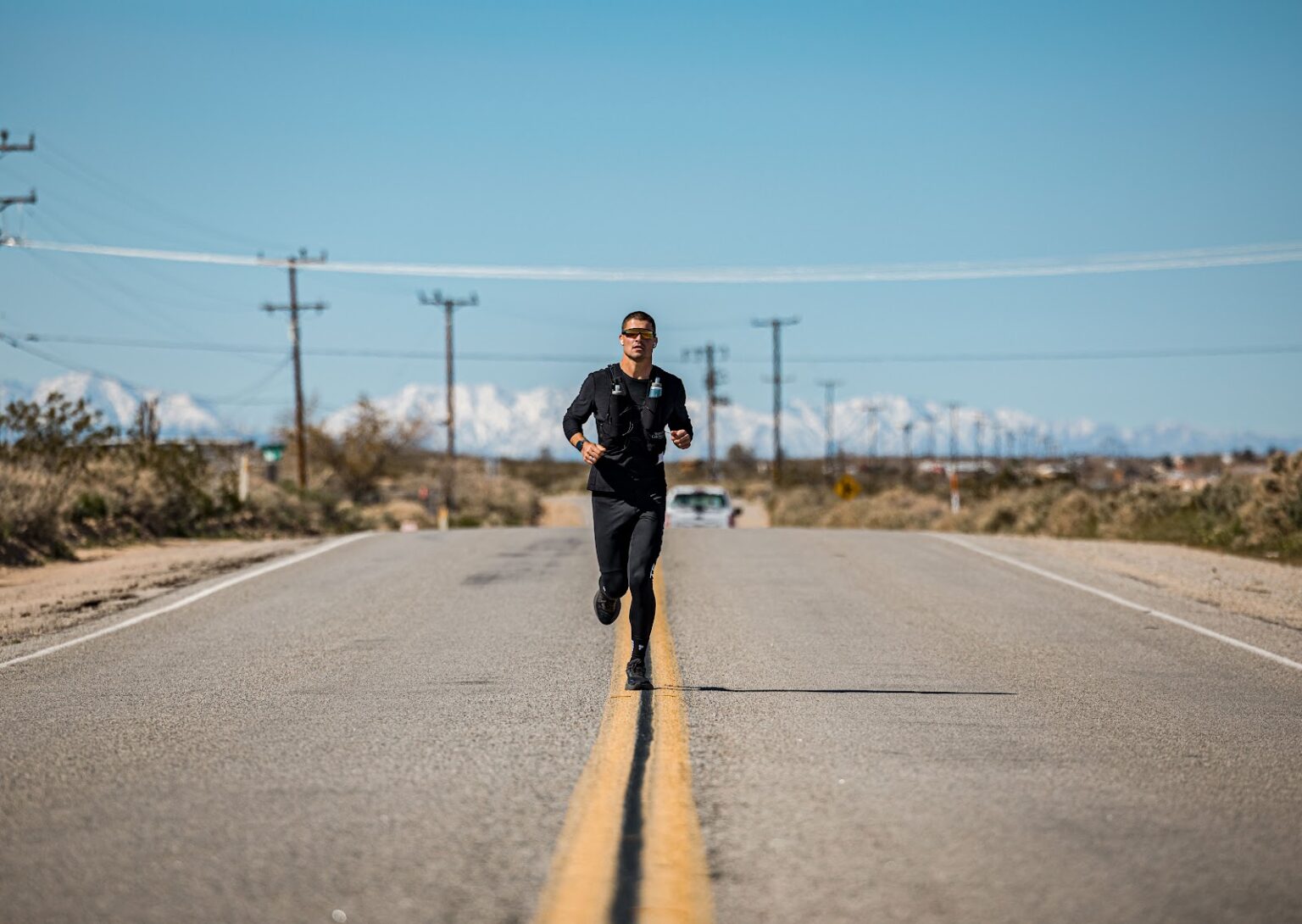William Goodge, a seasoned endurance athlete, is preparing to tackle an ambitious challenge—running across Australia from Perth to Sydney in just 35 days. This endeavor is not merely a test of distance, spanning 4,000km, but a strategic exercise in managing the physical and mental demands of ultra-running on flat terrain known for its relentless heat.
Goodge’s background as a former semi-professional rugby player adds a layer of resilience to his athletic pursuits. He has previously achieved notable milestones, including becoming the fastest British runner to cross the USA and completing various ultra-marathons. His experience running diverse terrains has equipped him with adaptable pacing and recovery strategies; however, the flatness of the Australian landscape presents unique challenges. With less variation in grade, the risk of overuse injuries is heightened, necessitating careful attention to muscle engagement and fatigue management throughout the run.
As he prepares for his attempt, scheduled to commence on April 15, Goodge emphasizes the critical nature of mental preparation alongside physical conditioning. Flat, long stretches require an athlete’s continual engagement, making it essential to establish efficient pacing strategies that enable sustained energy levels over lengthy periods. He acknowledges the added pressure of attempting to set a record of completing the route in 35 days, a significant reduction from the current mark of 39 days and 8 hours. This psychological component is foundational for success in ultra-running, highlighting the importance of resilience and focus amidst the demands of extreme conditions.
Goodge’s preparation involves not only a rigorous training regimen but also leveraging lessons learned from previous ultra-marathons. He highlights the necessity of maintaining hydration and nutrition strategies that are often adapted based on the terrain and climate; in Australia, the potential for extreme heat requires acute attention to electrolyte balance and caloric intake throughout the day.
As ultra-runners gear up for their own challenges, it can be beneficial to reflect on Goodge’s approach. The iteration of strategy, from training regimens to real-time adjustments on race day, is critical for optimizing performance. Understanding and managing the environmental factors specific to the race can prove pivotal. As competitors develop their tactics, they should consider the necessity of adaptability in pacing, nutrition, and mental fortitude across varying race conditions and formats.
In this context, ultra-runners can benefit from integrating a thoughtful recognition of terrain and climate impacts into their training plans. Beyond pure mileage, effective adaptation, and preparation for specific race conditions can significantly influence performance outcomes. Engaging with the mental aspects of ultra-running can further enhance resilience, offering a pathway to not only meeting but exceeding personal limits in upcoming events.
